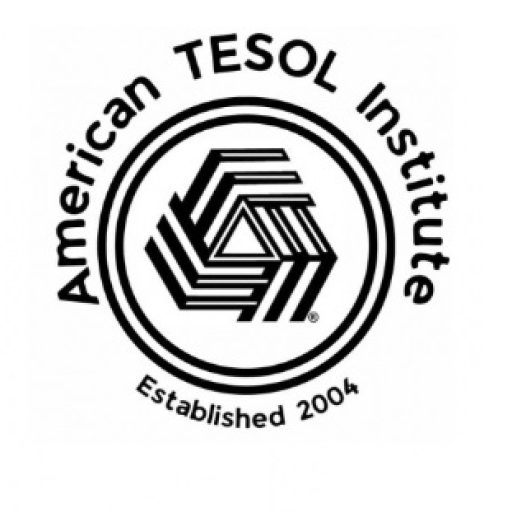In the modern educational landscape, technology has revolutionized the way we learn, opening up exciting avenues for language acquisition. Among these tools, video emerges as a powerful ally, captivating students with its multi-sensory and dynamic approach. This article explores the numerous ways video can elevate the learning experience for language learners, promoting comprehension, retention, and practical application of language skills.
1. A Multifaceted Learning Experience
Videos weave together a rich tapestry of auditory and visual elements, making them ideal for catering to a range of learning styles.
- Dual-Channel Learning: Videos present spoken language alongside visual cues, facilitating the association of words with images and actions, which accelerates vocabulary acquisition.
- Learning in Context: Real-world scenarios depicted in videos allow learners to witness language in its natural habitat. This aids in understanding idiomatic expressions, cultural nuances, and how language is used in various social situations.
- The Unspoken Word: Communication isn’t just about words. Videos offer a window into the world of nonverbal communication – facial expressions, gestures, and body language – crucial elements in fully understanding interactions.
2. Elevating Listening Skills
Listening is a cornerstone of language acquisition, and videos provide a dynamic and engaging way to hone this skill.
- Accent and Pace Diversity: Learners gain exposure to a rich variety of accents, speech speeds, and colloquialisms, going beyond the often standardized language found in textbooks.
- Active Listening in Action: Videos offer opportunities for learners to practice active listening skills, whether it’s understanding the main idea (gist) or focusing on specific details within the video content.
3. Sparking Conversation and Interaction
Videos can serve as a springboard for lively discussions and meaningful interaction among students.
- Thought-Provoking Prompts: After watching a video, teachers can pose open-ended questions, encouraging learners to express their opinions, summarize the content, or even predict future outcomes. These discussions promote fluency and confidence in spoken language.
- Peer-to-Peer Learning: Discussing video content in groups facilitates a natural exchange of ideas, where students learn from each other’s interpretations and expand their vocabulary.
4. Assessment and Feedback
Videos are adaptable tools for both self-assessment and teacher-led evaluation.
- Learner-Driven Review: The ability to pause, rewind, or slow down videos empowers learners to review content at their own pace, self-assess their understanding, and hone their listening skills.
- Formative Assessment Tool: Teachers can design video-based activities to assess students’ comprehension, pronunciation, and application of language skills in context.
5. Cognitive Development & Critical Thinking
Beyond language acquisition, videos can also stimulate higher-order thinking skills.
- Visualizing Understanding: Creating storyboards or mind maps after watching a video encourages students to use the target language to express their understanding of narrative structure, plot, and themes.
- Deep Analysis: Videos can be dissected for their deeper meanings, character motivations, or cultural representations, promoting critical thinking and analytical skills.
Conclusion:
The integration of videos in the language classroom transcends traditional teaching methods. By appealing to multiple senses and engaging various cognitive processes, videos provide a holistic and effective approach to language learning. Educators who embrace this versatile tool not only meet students in their tech-savvy world but also prepare them for real-world language use in our increasingly globalized society. Videos in the language classroom are more than just a trend; they are a pathway to fostering fluent, confident, and culturally aware communicators.



